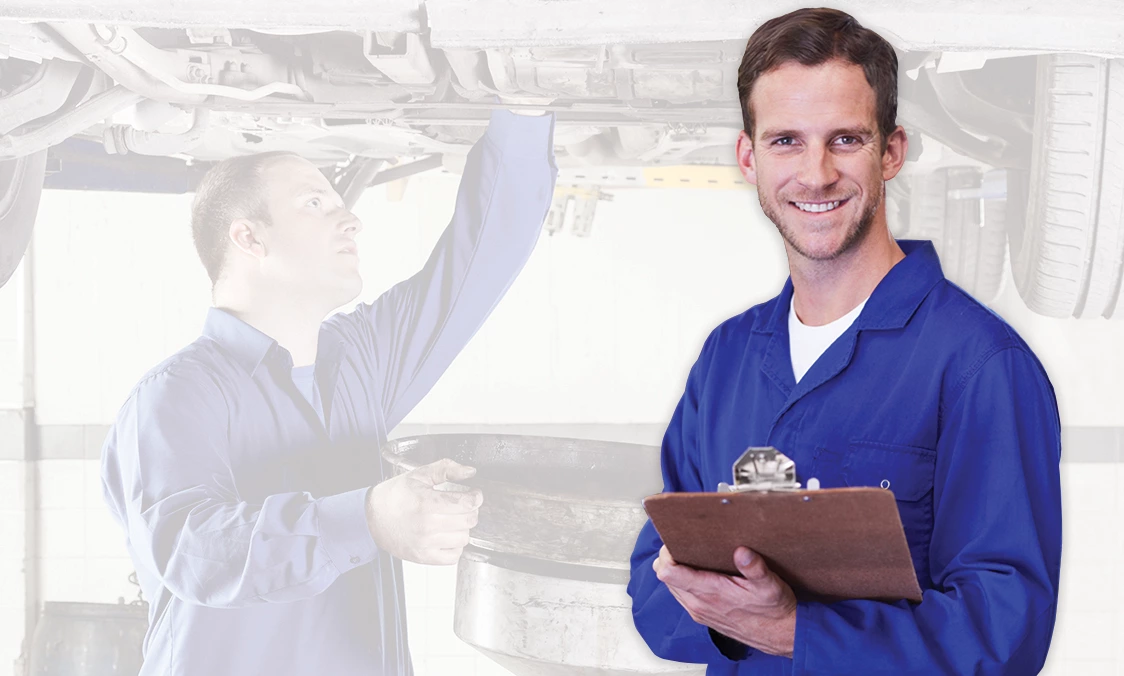Tire Tread Depth for Sikeston, Missouri Drivers
March 17, 2024
Driving on bald tires is like playing roulette. Though you may be fine today, eventually your luck is going to run out.
The Feds don't have any laws for tread depth, but 42 of the states, and all of Canada, do have regulations. They consider 2/32 of an inch to be the minimum legal tread depth. Two other states, including California, consider 1/32 to be the minimum and six states have no standards at all. Call us at Charlie's Fast Lube Sikeston; (just call 573-472-1139) to find out what your requirements are in the Sikeston, Missouri, area.
Since 1968, U.S. law has required that a raised bar be molded across all tires. When tires are worn enough that this bar becomes visible, there's just 2/32 inch/1.6 mm of tread left. But does that older standard give Sikeston vehicles enough safety?
Consider this: Consumer Reports recommends tire replacement when tread reaches 4/32 inch/3.2 mm. And the recommendation is backed by some very compelling studies. Now before we go into the studies, you need to know that the issue is braking on wet surfaces.
We tend to think of the brakes doing all the stopping, but Sikeston vehicles also need to have effective tires to actually stop the car. When it's wet or snowy in Sikeston, Missouri, the tread of the tire is critical to stopping power.
Picture this: you're driving in Sikeston over a water-covered stretch of road. Your tires need to be in contact with the road in order to stop. That means the tire has to channel the water away so the tire is contacting the road and not floating on a thin film of water – a condition known as hydroplaning. When there's not enough tread depth on a tire, it can't move the water out of the way and you start to hydroplane.
This is where the studies come in. We think Sikeston drivers will be surprised. A section of a test track was flooded with a thin layer of water. If you laid a dime flat on the track, the water would be deep enough to surround the coin, but not enough to submerge it.
A car and a full-sized pick-up truck were brought up to 70 mph/112 kph and then made a hard stop in the wet test area. Stopping distance and time were measured for three different tire depths. First, they tested new tires. Then tires worn to legal limits. And finally, tires with 4/32 inch/3.2 mm of tread were tested (the depth suggested by Consumer Reports.)
When the car with the legally worn tires had braked for the distance required to stop the car with new tires, it was still going 55 mph/89 kph. The stopping distance was nearly doubled. That means if you barely have room to stop with new tires, then you would hit the car in front of you at 55 mph/89 kph with the worn tires.
Now with the partially worn tires – at the depth recommended by Consumer Reports – the car was still going at 45 mph/72 kph at the point where new tires brought the car to a halt. That's a big improvement – you can see why Consumer Reports and others are calling for a new standard.
Now without going into all the details, let us tell you that stopping the truck with worn tires needed almost 1/10 of a mile (.16 km) of clear road ahead to come to a safe stop. How many Sikeston drivers follow that far behind the vehicle ahead? Obviously, this is a big safety issue.
The tests were conducted with the same vehicles but with different sets of tires. The brakes were the same, so the only variable was the tires.
How do people in Sikeston know when their tires are at 4/32 inch/3.2 mm? Well, it's pretty easy. Just insert an American quarter into the tread. Put it in upside down. If the tread doesn't cover George Washington's hairline, it's time to replace your tires. With a Canadian quarter, the tread should cover the numbers in the year stamp.
Now you may remember doing that with pennies. But an American penny gives you 2/32 inch/1.6 mm to Abraham Lincoln's head. The quarter is the new standard – 4/32 inch/3.2 mm.
Tires are a big ticket item, and most people in Sikeston, Missouri, want to get thousands of miles/kilometers out of them. Just remember: driving on bald tires is like playing roulette.
Have Mr. Washington look at your tires today. If he recommends a new set, come see us at Charlie's Fast Lube Sikeston in Sikeston.
Charlie's Fast Lube Sikeston
2017 E. Malone
Sikeston, Missouri 63801
573-472-1139
http://www.charliesfastlubesikeston.com
Need Service?
More articles from Charlie's Fast Lube Sikeston

Let's Clear Some Things Up (Headlight Restoration)
April 6, 2025
You know how exposing your skin to sunlight can cause sunburn and other unhealthy things. Sunlight can also create major problems for your headlights. After they've been exposed to ultraviolet light, acrylic headlights can yellow and fog due to oxidation. And when that happens, less light can ... More

"Current" Affairs (Blown Fuses)
March 30, 2025
You may be driving along and find that suddenly your radio stops working. There are no numbers on the display. Then when you get home, you notice the garage door opener doesn't do a thing when you press the button. Hmm, this was working just fine this morning. Are the two problems somehow rela... More

Timing is Everything (Timing Belt)
March 23, 2025
Talk about exquisite choreography; it happens under the hood of your vehicle every time you take a drive. Your engines many complex parts must work exactly together. One key is a part called a timing belt, which enables the synchronizing of two of your engines components, the camshaft, and the ... More









